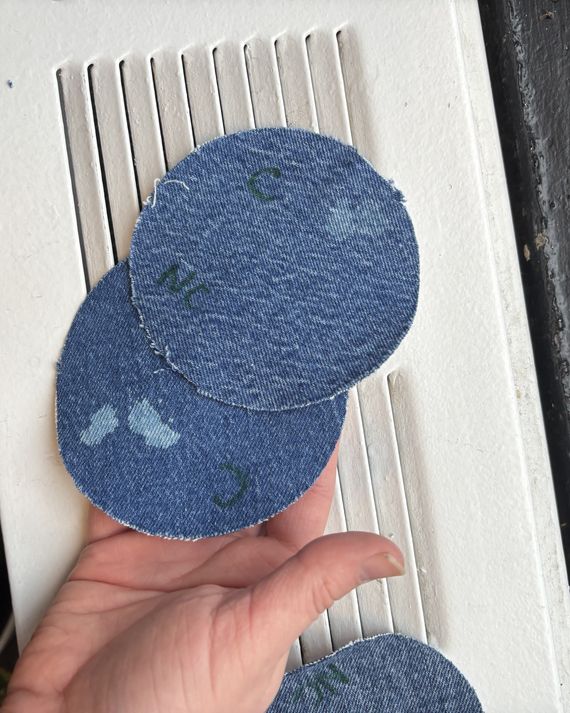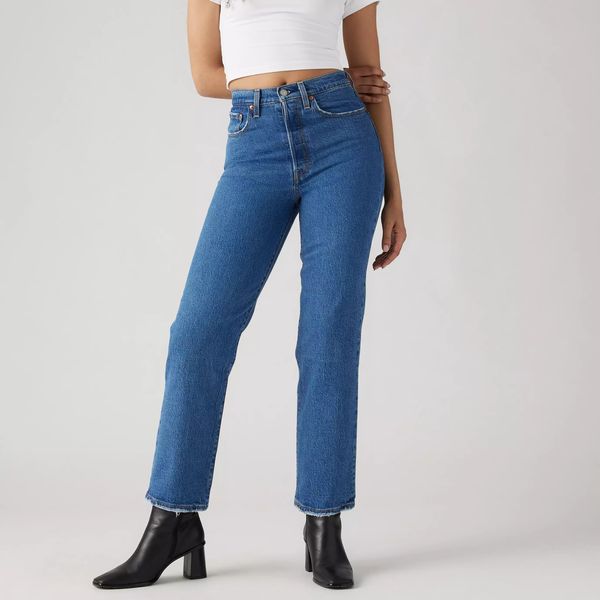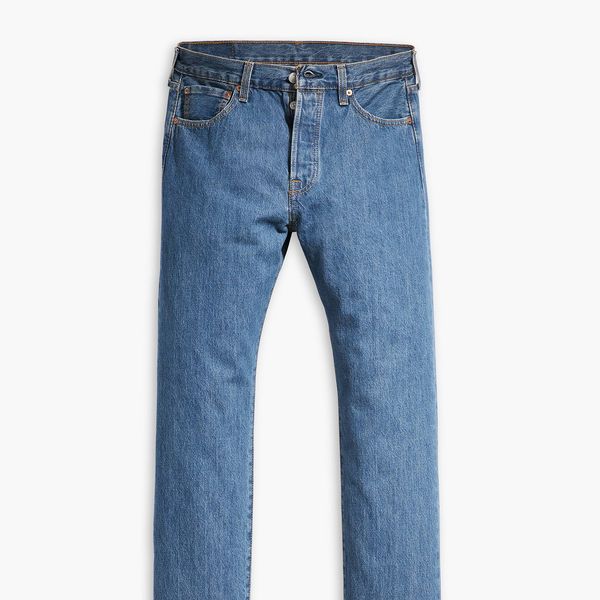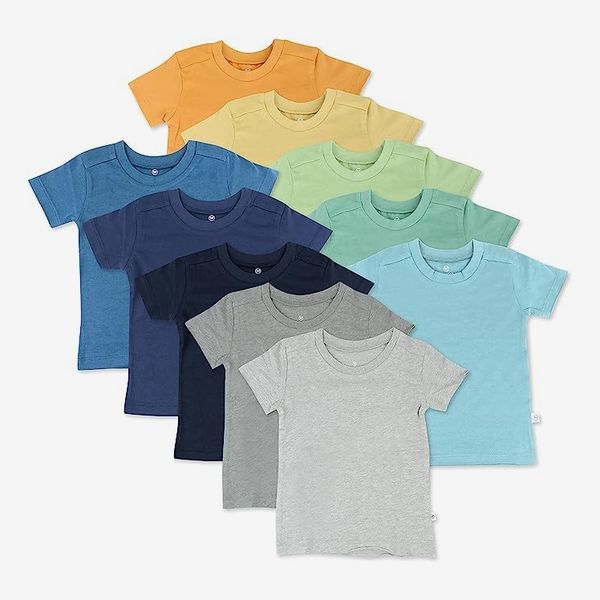
Welcome to Jeans Month on the Strategist, where we’re obsessively vetting denim — from trying on every pair at the Gap to asking dozens of stylish people about their favorite fits. For more, head to our Jeans Month hub.
The Strategist recently received a mysterious tip — the tipster had bought a pair of Levi’s jeans from Amazon that felt notably different from (and worse than) a pair that came directly from Levi’s. I’ve heard versions of the same theory over the years — not just for Levi’s and Amazon but from buyers of brand-name tank tops, mattresses, and T-shirts who were convinced that what they’d gotten from a cheaper retailer was lower quality than the version sold elsewhere under the same name.
As the Strategist’s resident materials expert, I was on the case. I acquired two pairs each of our most-recommended jeans (women’s Wedgies and Ribcages and the classic men’s 501s) — one pair ordered from Amazon, one pair sent by Levi’s for each style. I was careful to match up the same washes to prevent differences in distressing or fabric treatment from skewing the results. Still, I was skeptical. It didn’t make sense: Why would Levi’s maintain separate supply chains for different retailers? I pulled the jeans out of their plastic packaging expecting them to be indistinguishable. They were not.
The denim looked slightly different.
The first thing I noticed: The washes looked different. The most pronounced were the Ribcage jeans in a medium blue called “Jazz Pop” — the pair from Amazon had a smoother handfeel and more even color, while the non-Amazon pair felt bumpier with small flecks of higher-contrast fading, an effect I associate with acid washing. The Wedgies from Amazon had a bumpier feel as well, and the 501s from Amazon were a hint darker, closer to indigo than medium blue.
I brought the jeans to a testing lab.
To figure out whether these aesthetic variations made for differences in quality, I took all the jeans to the testing lab of F.I.T.’s Textile Development and Marketing Department. The pairs were mixed and relabeled to obscure which one came from which retailer; lab assistant Cesar Saavedra stamped and snipped out samples, which were then weighed, pipetted with bleach, and clamped into a blue metal machine that exerted hundreds of pounds of force to rip the denim against the grain before releasing with a pneumatic hiss.
Based on the results, “the denim in each of these six pairs is different,” said Margaret Bishop, an adjunct professor in the department. “It’s all strong. You’re not getting a cheap product.” But in a blind test, none of the jeans was identical.
One pair of non-Amazon Levi’s was lighter weight.
Back at the office, I reconciled my data with my denim scraps to interpret the results. There were some outliers — most of the denim weighed 13 to 14 ounces per square yard except for a pair of non-Amazon 501s, which was 30 percent lighter than its analogue. A pair of non-Amazon Ribcages was significantly less resistant to tearing. But for the most part, one source didn’t significantly outperform the other. In fact, the jeans from Amazon did slightly better on average, but with a six-jean sample size, take that with a grain of salt. The aesthetic differences also didn’t correlate to the jeans’ strength. Bishop attributed the bumpier handfeel of a couple of the pairs to the level of twist in the yarn, but it didn’t make them weaker. (A colorfastness test confirmed the two Jazz Pop Ribcages were dyed differently.)
Ultimately, the Amazon Levi’s weren’t worse quality.
It seemed the tipster was half right. The tests confirmed a lot of variability between two pairs of the same jeans — you could buy the same style from Amazon and Levi’s and feel a difference. But it didn’t add up to gaps in quality; there was no indication that the Levi’s from Amazon were worse.
Levi’s sources its fabric from dozens of mills across the world, from luxury supplier Candiani in Italy to sites in India, Bangladesh, Mexico, and Turkey. The six pairs I tested were manufactured in three places: Cambodia, Macau, and Mexico. The company’s supply chain is vast, and to some extent, it makes sense that jeans made to the same specifications from different mills, dye facilities, and factories would result in different products.
This is especially true for washes and distressing, a notoriously fiddly process. “Wash houses get a formula — a recipe, if you will — of how the denim is supposed to be washed. You might have different machinery, you might have slightly different chemicals,” says Maxine Bédat, author of the jeans study Unraveled. Some distressing — whiskering, fraying — is done by hand. Just as “everybody making a recipe doesn’t come out with the same pie,” small differences in production will add up to different-looking jeans.
“The bigger the brand and the more channels in which it’s sold, the more diverse quality and fabric you’re going to see,” says Angela Velasquez, the executive editor of SJ Denim. If you want to minimize variation between pairs of jeans, she says to look for a “smaller, niche brand,” which is more likely to have a tighter supply chain and thus fewer differences in fabric and fit between pairs.
Do you have to worry about this if you’re just looking for a good pair of jeans? Not necessarily. According to Bédat, the way to get the most out of your denim is to “really spend time thinking about what actually works and fits,” which will probably involve going into a store in person. But I’ve found no evidence of a plot to offload worse denim onto Amazon. “I truthfully think the only consumers that really care about all the nitty-gritty and will know what any of this means are the true denim heads,” says Velasquez. And they’re getting their denim from Kaihara.
The denim I tested
(Buy from either retailer.)
More From The Strategist
The Strategist is designed to surface useful, expert recommendations for things to buy across the vast e-commerce landscape. Every product is independently selected by our team of editors, whom you can read about here. We update links when possible, but note that deals can expire and all prices are subject to change.











